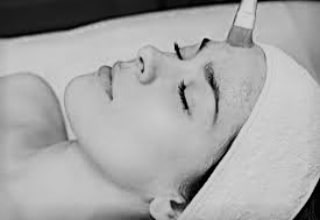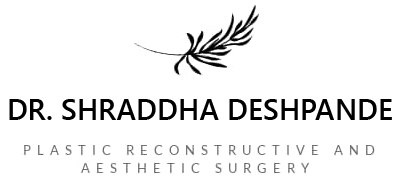Chemical Peel

Sun exposure, pollution, Acne, Sun-spots and aging can leave your skin tone uneven, wrinkled, spotted or scarred. A chemical peel is one of the most cost-effective ways to improve the appearance of your skin. A chemical peel is a chemical solution which is applied to the face to improve the texture and tone of the skin by removing the outer damaged layers.
One should avoid exposure to sun and use Sunscreen vigilantly post the treatment. Party peels or bridal peels for a bridal glow should be done at least one week before the actual event to achieve best results.
Operation
A Chemical peel session is similar to a facial session. Due to minimum downtime, the procedure is also called as lunchtime peel. Anesthesia is not required for chemical peel but your surgeon may use sedation for patient’s comfort.
Any cosmetic procedure requires patient to be physically fit. Patient should also be a non-smoker or should have stopped smoking.
Result
A chemical peel will help improve the following.
- Acne scars
- Fine lines and wrinkles
- Irregular Skin pigmentation
- Rough skin and scaly patches
- Sun-damaged skin
A chemical peel, however, won’t work in the following cases and your plastic surgeon may recommend the surgical procedure as an option.
- Deep lines and wrinkles
- Loose skin
- Deep scars
Risks/ Complications
A chemical peel is generally safe treatment but may involve the following risks; most of them which will subside in 1-2 weeks’ time. These are largely driven by one’s healing abilities.
- Redness and exfoliation of the skin
- Uneven pigmentation
Care after treatment
Whilst your surgeon will recommend ways to get best result of the treatment, it is important to avoid direct & extended sun exposure for up to 1 week after treatment.
